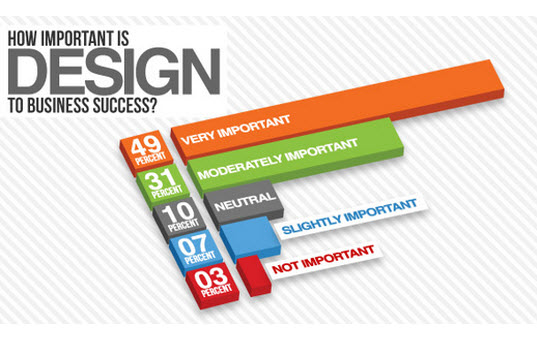Internet Site Design Fundamentals: Tips For Structure A User-Friendly Website
Internet Site Design Fundamentals: Tips For Structure A User-Friendly Website
Blog Article
Write-Up Created By-Le Daugaard
When it concerns site layout, making certain user-friendliness is essential. From receptive style to structured navigation, every aspect plays an important duty in developing a site that caters to your audience's needs. However what about the finer details that can make or damage a customer's browsing experience? Keep tuned as we reveal some often-overlooked pointers that can raise your website's use to the next degree, making it really stick out in the digital landscape.
Relevance of Responsive Layout
Receptive layout is a crucial element of contemporary web site growth. Ensuring your site is receptive means that it can adjust to different screen dimensions and gadgets, supplying a seamless experience for individuals.
With the increasing use of smart devices and tablets to access the internet, having a receptive design is important for getting to a broader audience. It assists in boosting customer experience by making your internet site simple to browse and read on any gadget.
In seo internet marketing company , receptive layout can favorably affect your online search engine rankings, as internet search engine like Google focus on mobile-friendly web sites. By having a receptive layout, you're additionally future-proofing your internet site, as new devices with varying display dimensions continue to emerge.
Simplify Navigating Framework
To boost customer experience and assist in easy access to info on your internet site, improving the navigation framework is critical. When making your website, concentrate on developing a clear and intuitive navigating menu that helps visitors locate what they're looking for promptly.
Limitation the number of menu products to the fundamentals, grouping related pages with each other to stay clear of frustrating customers. Use detailed tags that clearly show the content of each web page, making it less complicated for individuals to understand where each link will take them.
Take into consideration carrying out dropdown food selections for subcategories to stop littering the main navigating bar. Additionally, consist of a search bar plainly on the web page for users that like looking for specific details.
Focus on mobile responsiveness in your navigating design to guarantee very easy accessibility on all tools.
Enhance Page Tons Speed
Improving page tons rate is crucial for maintaining visitors on your internet site. Slow-loading pages frustrate customers and can lead to high bounce prices. To optimize web page tons rate, beginning by enhancing images. Compress pictures without jeopardizing quality to lower their file dimensions.
Furthermore, allow browser caching to keep regularly accessed sources locally, accelerating load times for returning site visitors. Minify CSS, JavaScript, and HTML files by removing unnecessary characters, remarks, and formatting, improving lots rate.
Consider using Read Full Report (CDN) to distribute your website's web content across several web servers worldwide, reducing latency for individuals accessing your site from various areas. Lastly, limit using third-party scripts and plugins, as they can considerably impact load times.
Final thought
Finally, by including receptive layout, streamlining navigating, and maximizing page load rate, you can produce an easy to use website that interest a larger target market and enhances user experience. These essential elements make certain that site visitors can conveniently gain access to and browse your website across different tools, bring about raised interaction and fulfillment. By concentrating on simply click the next internet site , you can build an effective website that keeps individuals coming back for more.
